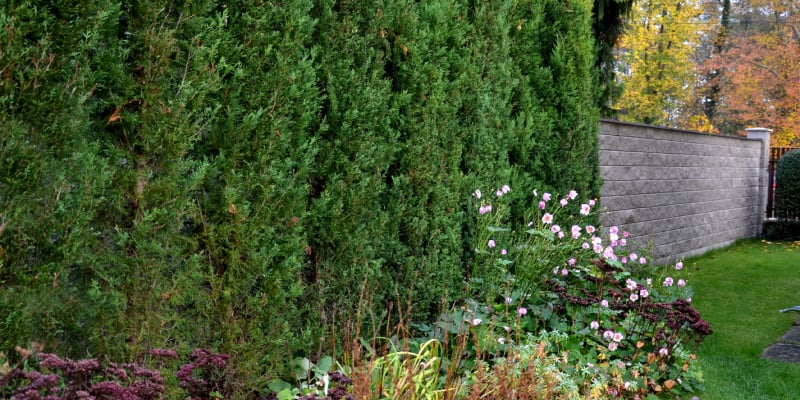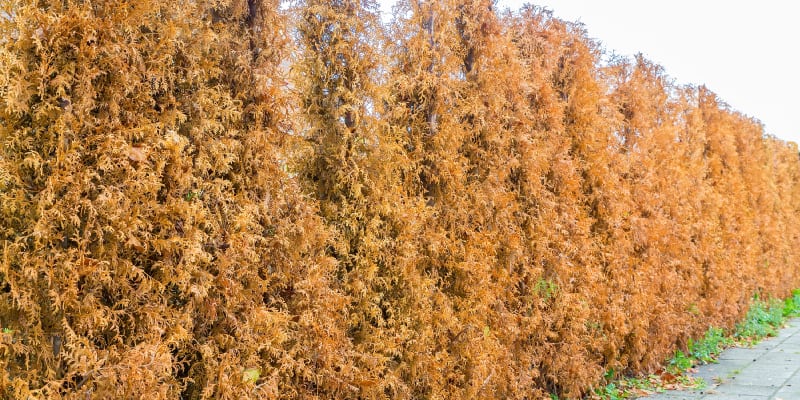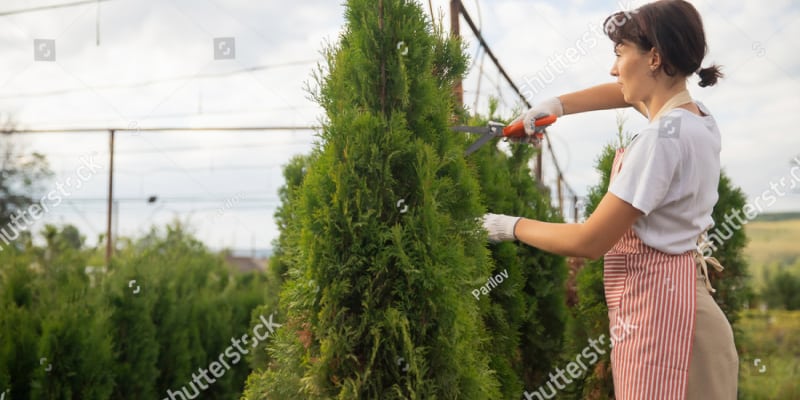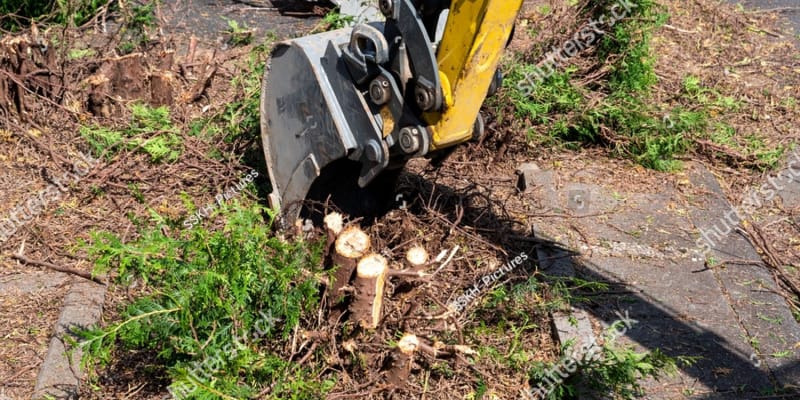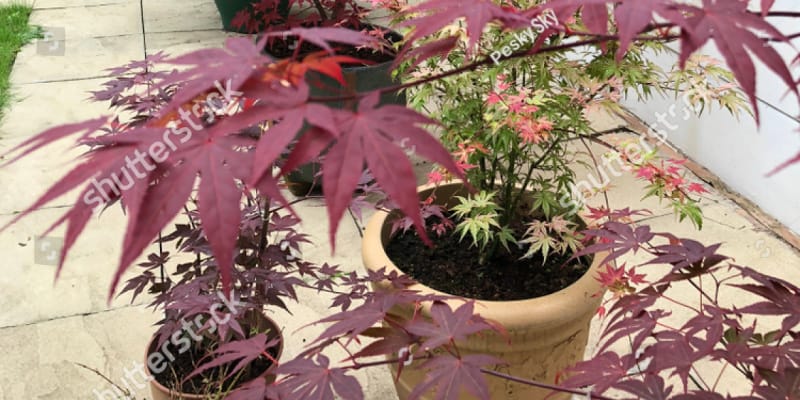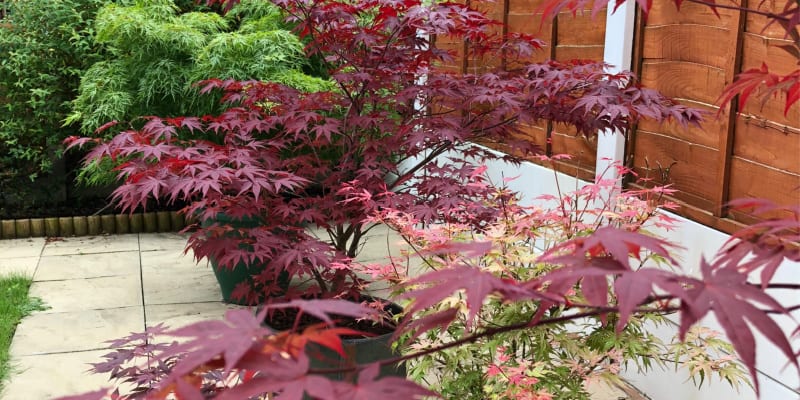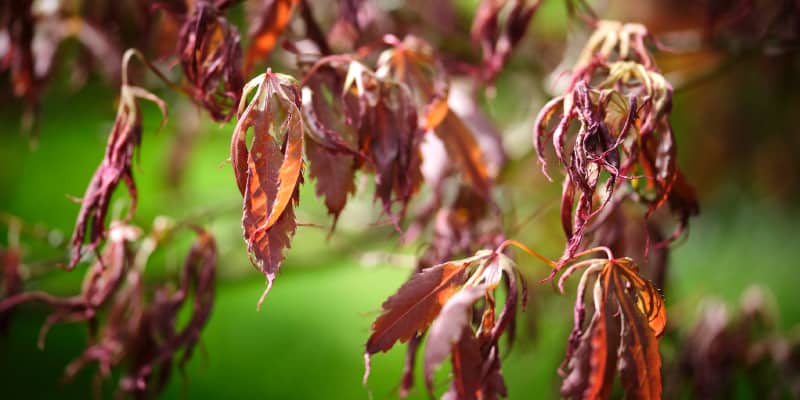How to stop leylandii growing?
You can’t actually stop leylandii growing, just control where it grows. To control the height to which a leylandii (Leyland cypress) tree (or any other conifer) grows, you need to prune it carefully. Leylandii are very suitable for use as hedges as they can handle being pruned. Regular pruning once or twice a year is much better for the plant than one big pruning session when it really gets too tall or wide. Leylandii height and width It helps if…
